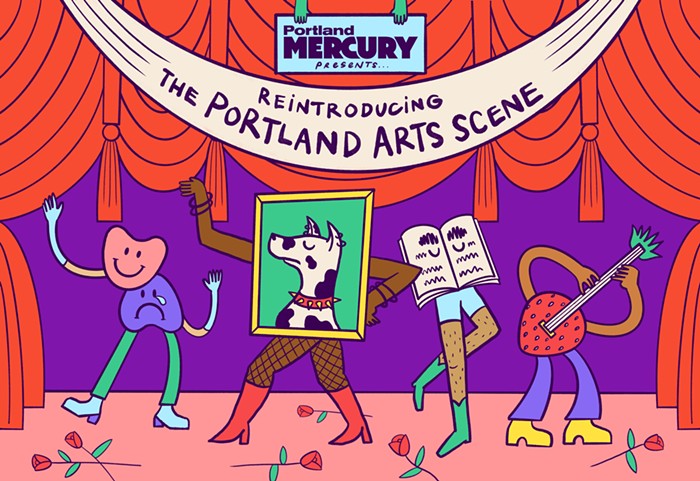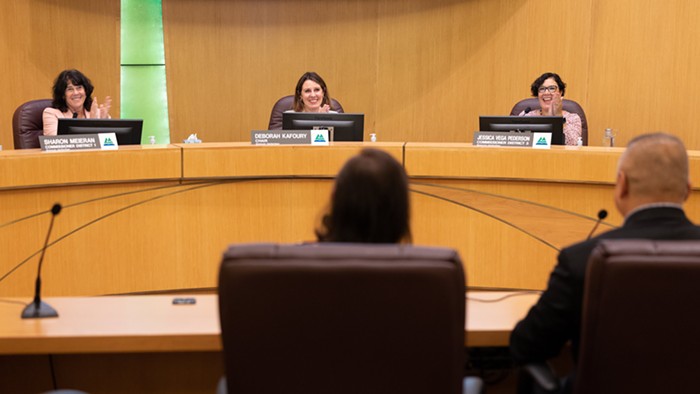
It's the first time new (old) works have entered the US public domain since 1998, when works created in 1922, such as T.S. Eliot's "The Waste Land," saw their copyrights expire, and were permitted to become fodder for any and all Americans to access, alter, reprint, and quote. There's been a 20-year freeze since then, and I was joking about Disney's brain in the first paragraph, but the company he started is the reason why.
In 1998 the Disney corporation got really worried about the prospect of their earliest films, including 1928's Steamboat Willie, entering the public domain in a few years, so they successfully lobbied to extend copyright protection duration of works created before 1978 from a duration of 75 years to one of 95 years. (Works created in 1978 or later are under a different set of rules: Their copyright protection lasts for 70 years after the death of their author.)
“The public domain has been frozen in time for 20 years, and we’re reaching the 20-year thaw,” says Jennifer Jenkins, director of Duke Law School’s Center for the Study of the Public Domain. The release is unprecedented, and its impact on culture and creativity could be huge. We have never seen such a mass entry into the public domain in the digital age. The last one—in 1998, when 1922 slipped its copyright bond—predated Google. “We have shortchanged a generation,” said Brewster Kahle, founder of the Internet Archive. “The 20th century is largely missing from the internet.”Works created in 1923 include Robert Frost's "Stopping by Woods on a Snowy Evening," Henri Matisse's "Odalisque With Raised Arms," Claude McKay’s Harlem Shadows, Sir Arthur Conan Doyle's "Our American Adventure," Marcel Duchamp’s The Large Glass (The Bride Stripped Bare by Her Bachelors, Even), Noël Coward's London Calling!, and Cecil B. DeMille’s first crack at The Ten Commandments.
While 1923 was not a banner year, artistically—at least in comparison to 1922, which, in addition to the paradigm-shifting "The Waste Land," included Ulysses and other foundational works of the Harlem Renaissance—we will now see new 95-year-old works enter the public domain each and every year, as they used to before Disney got all greedy and changed the law. If you're a fan of knowledge, of education, of art, of the dissemination and accessibility of these things, and are not a money-grubbing corporate entity, this is very good news indeed.














